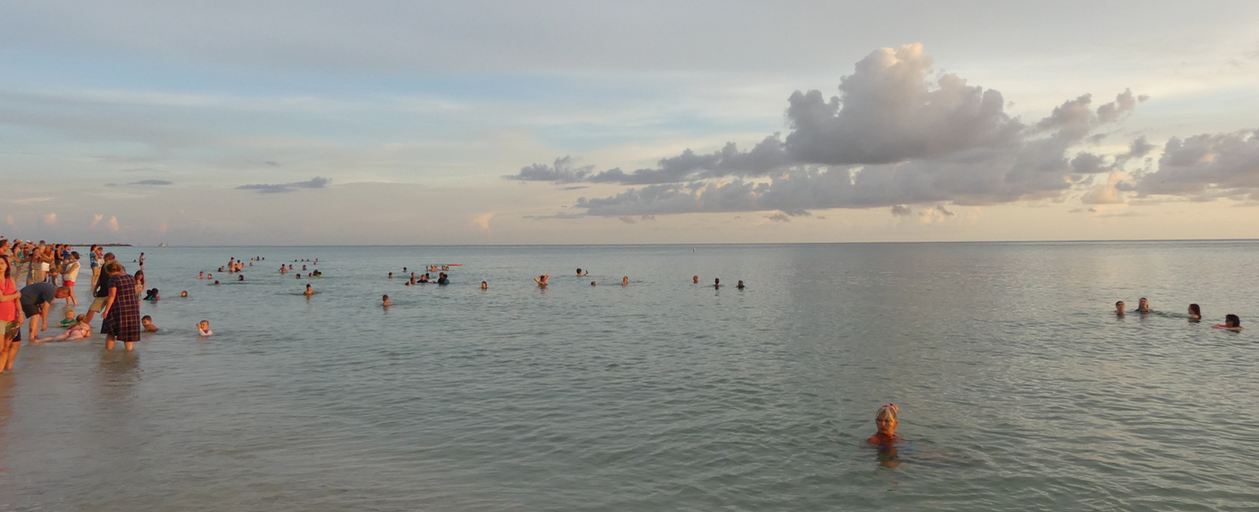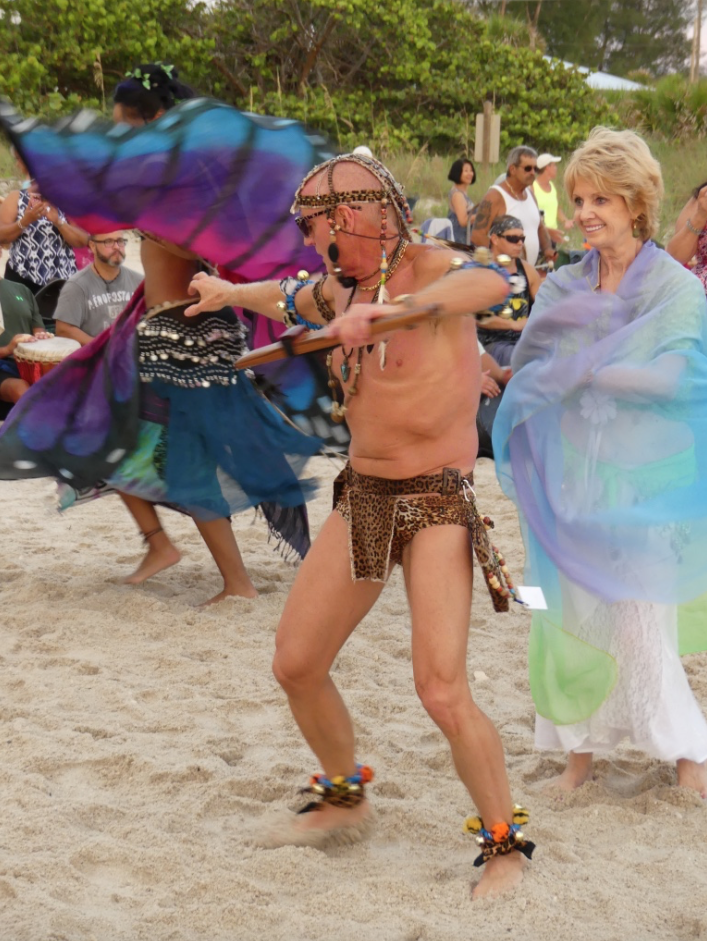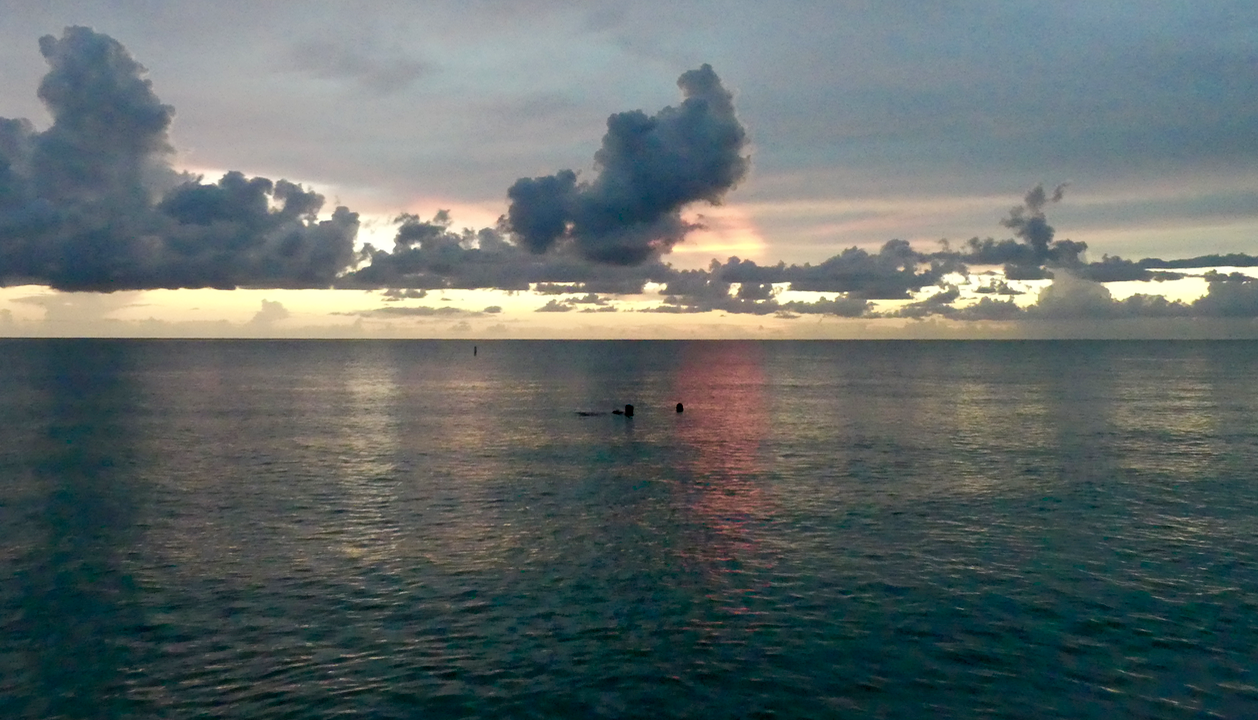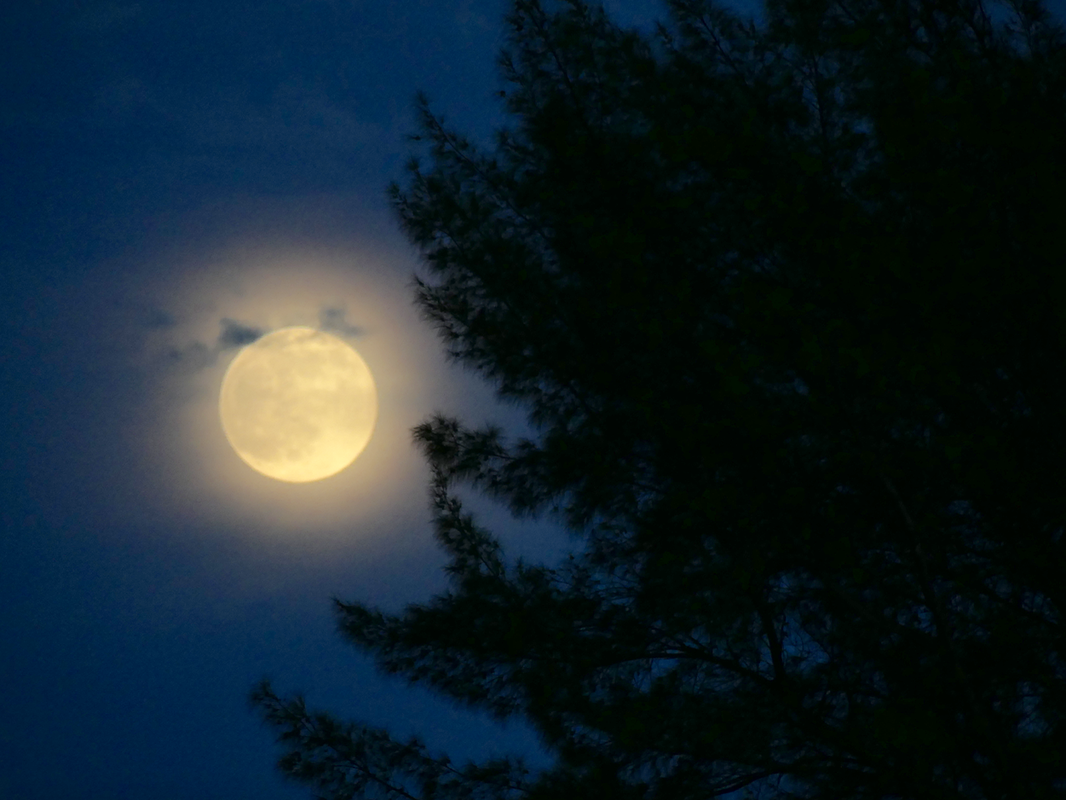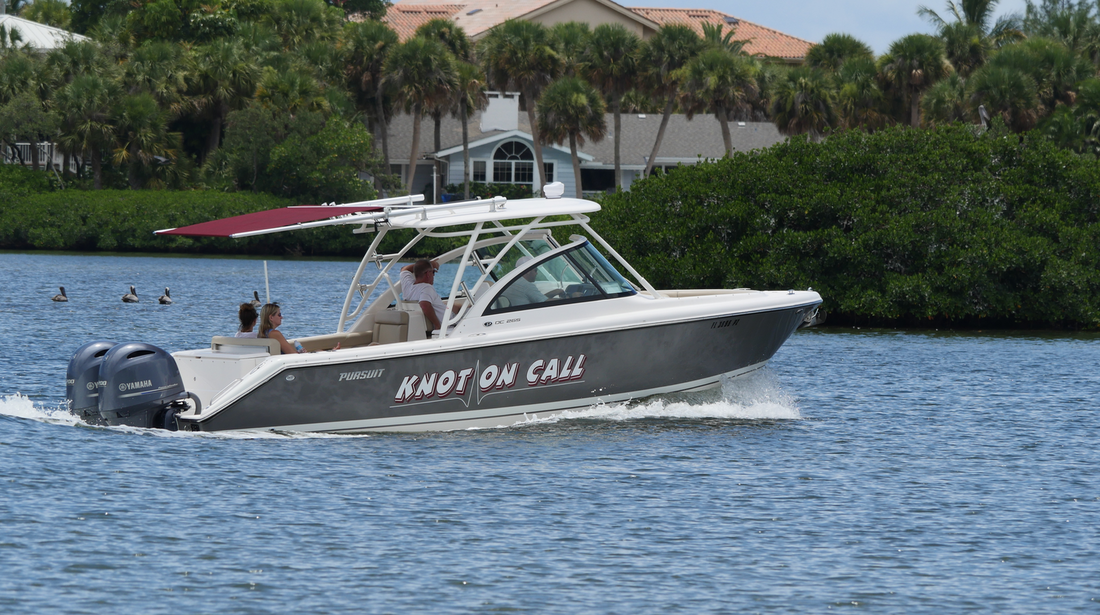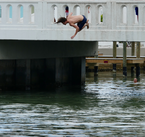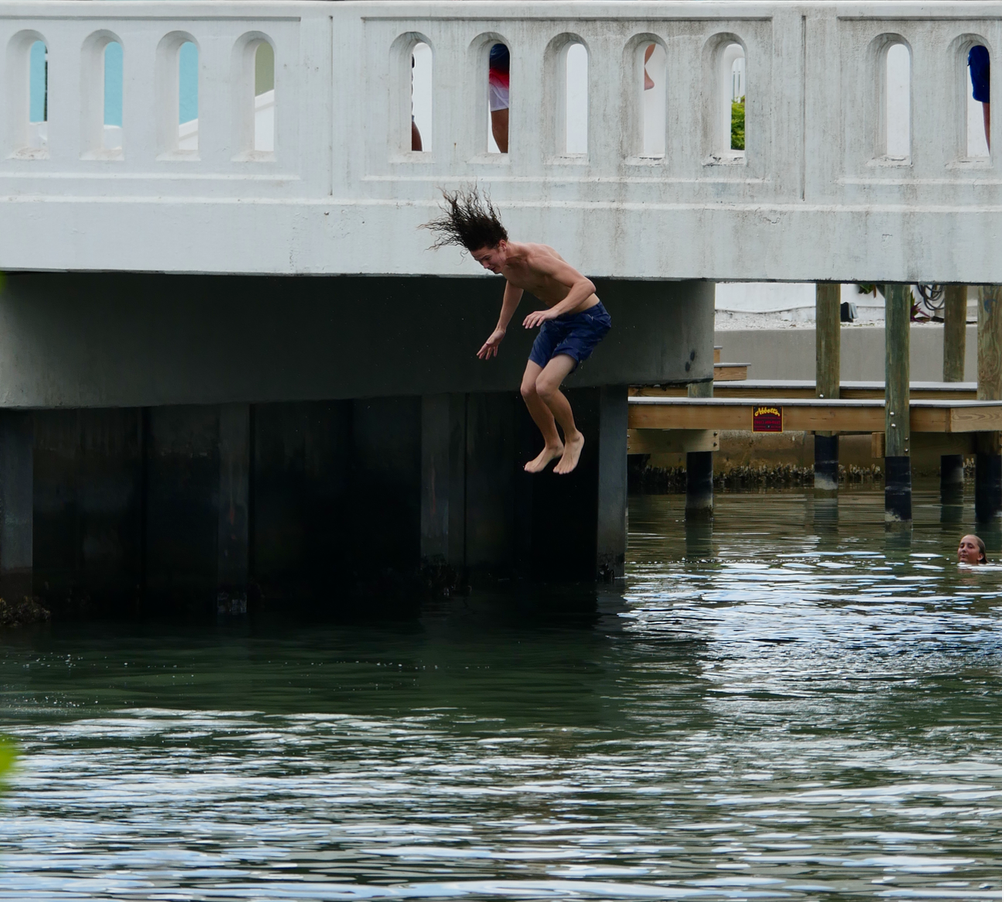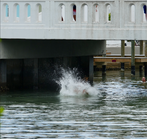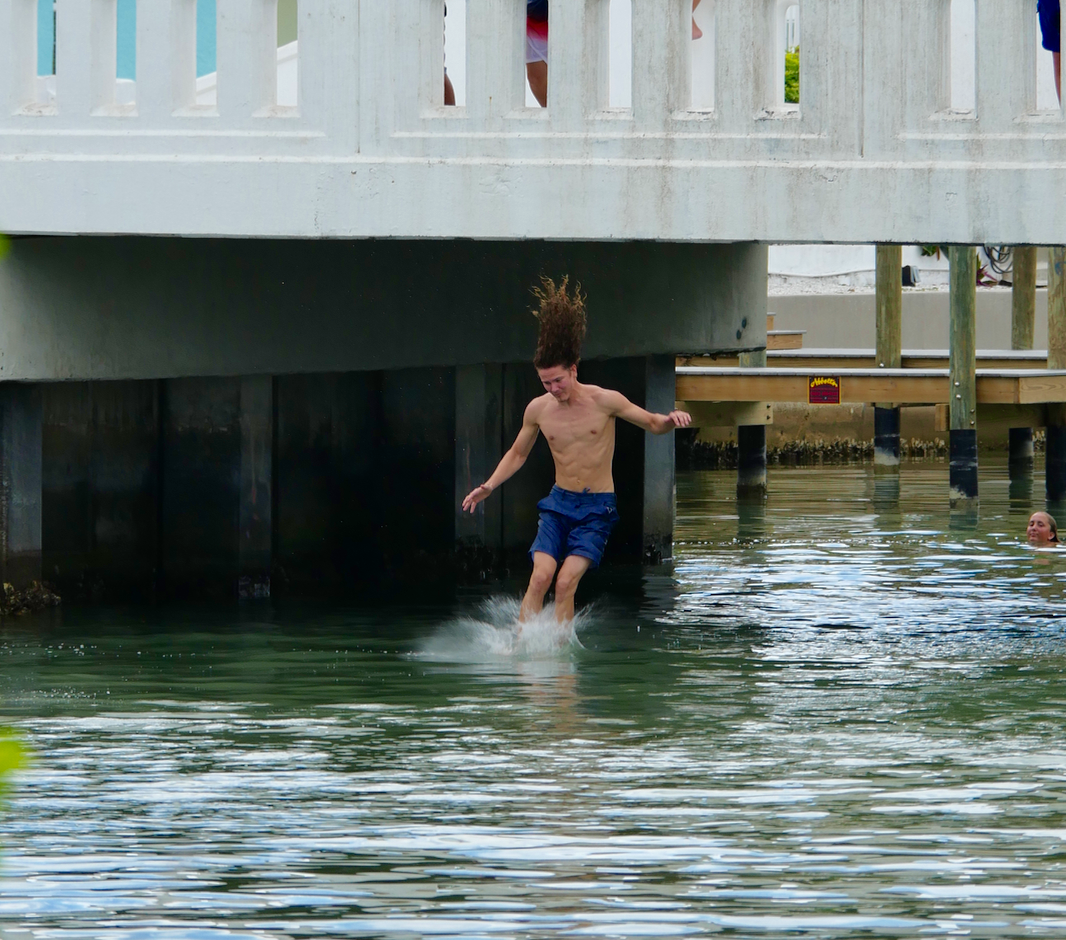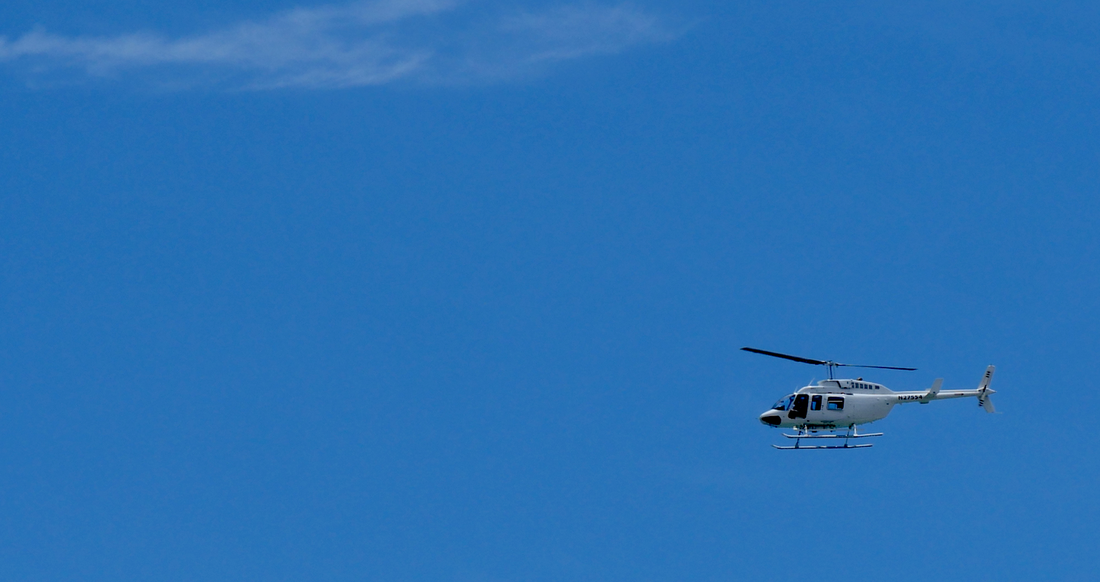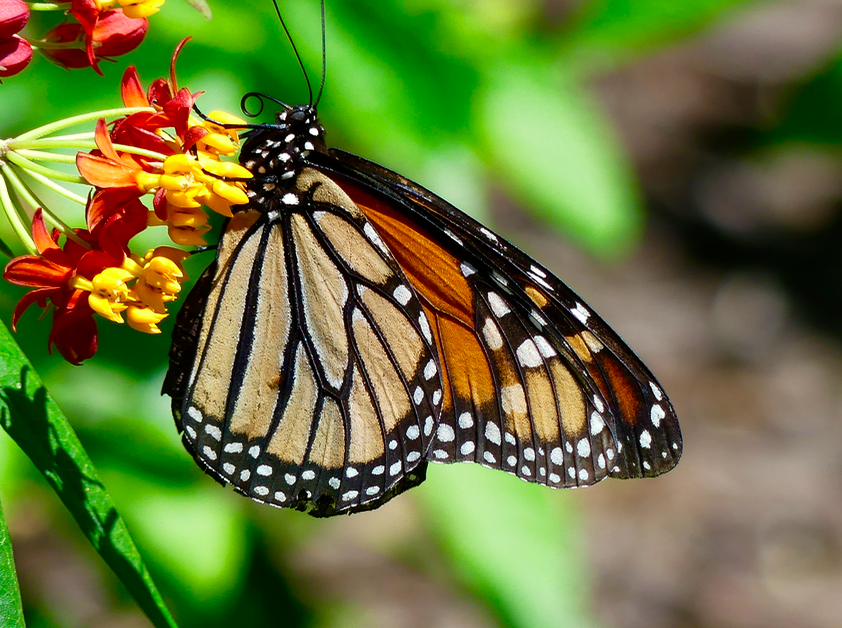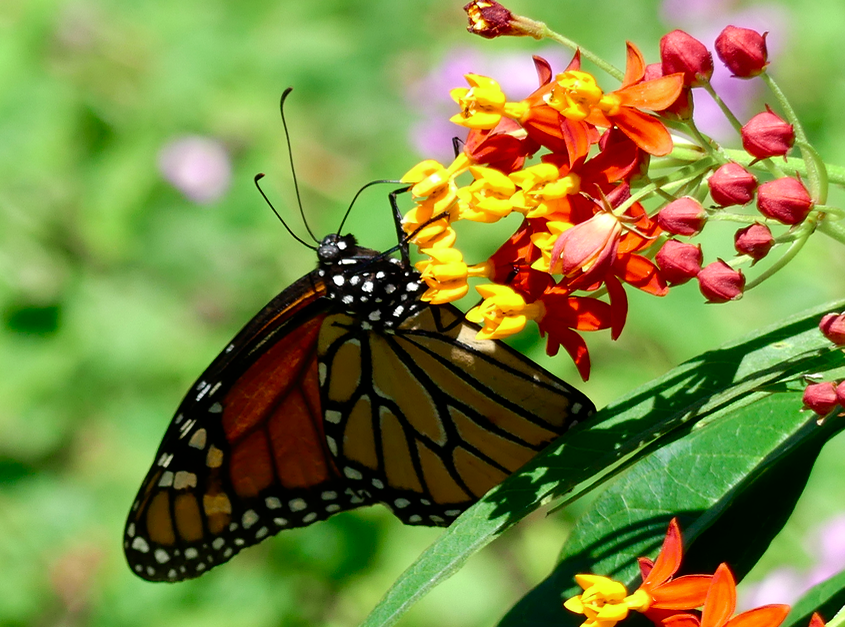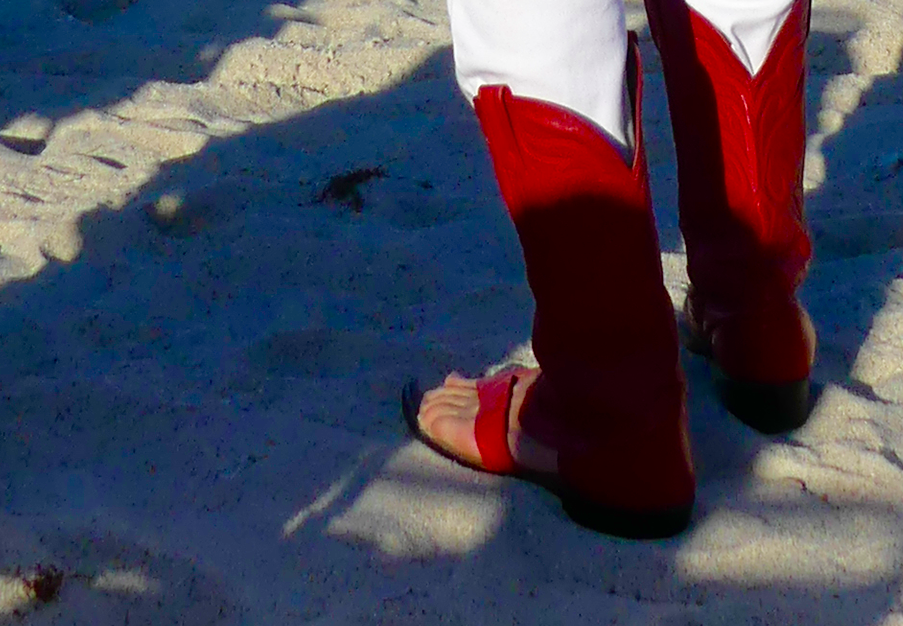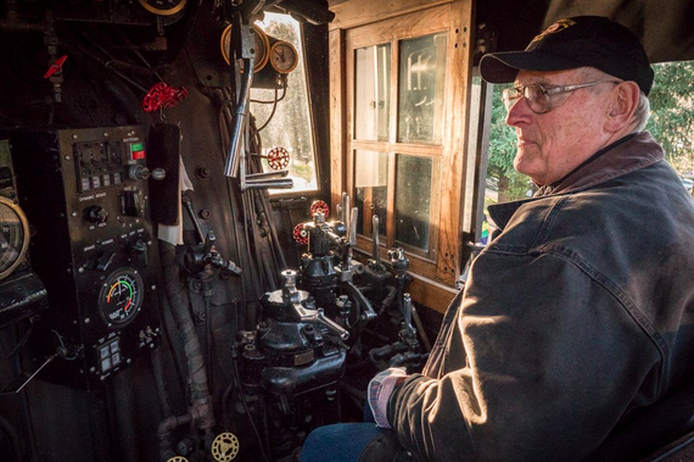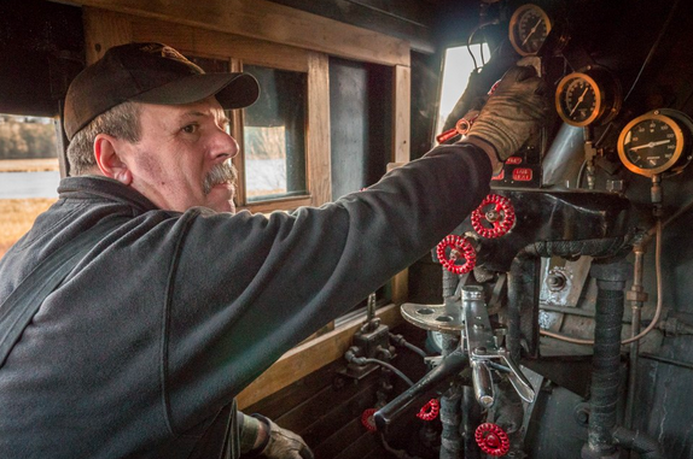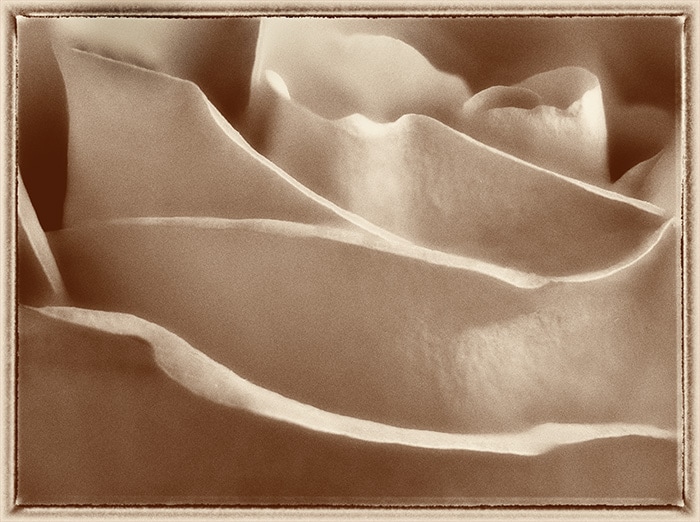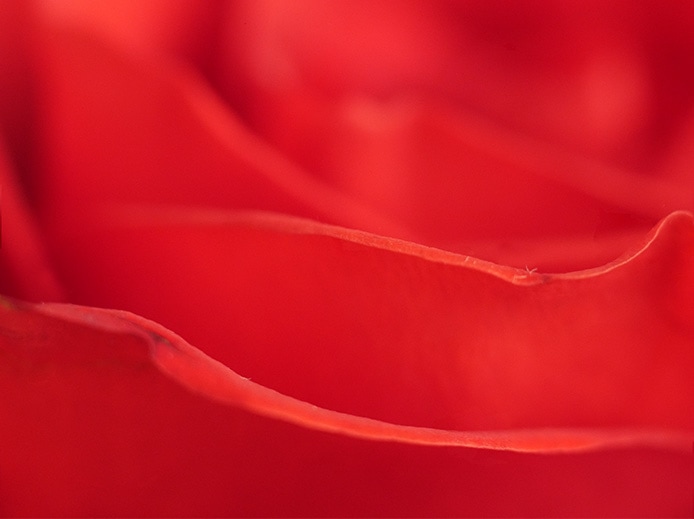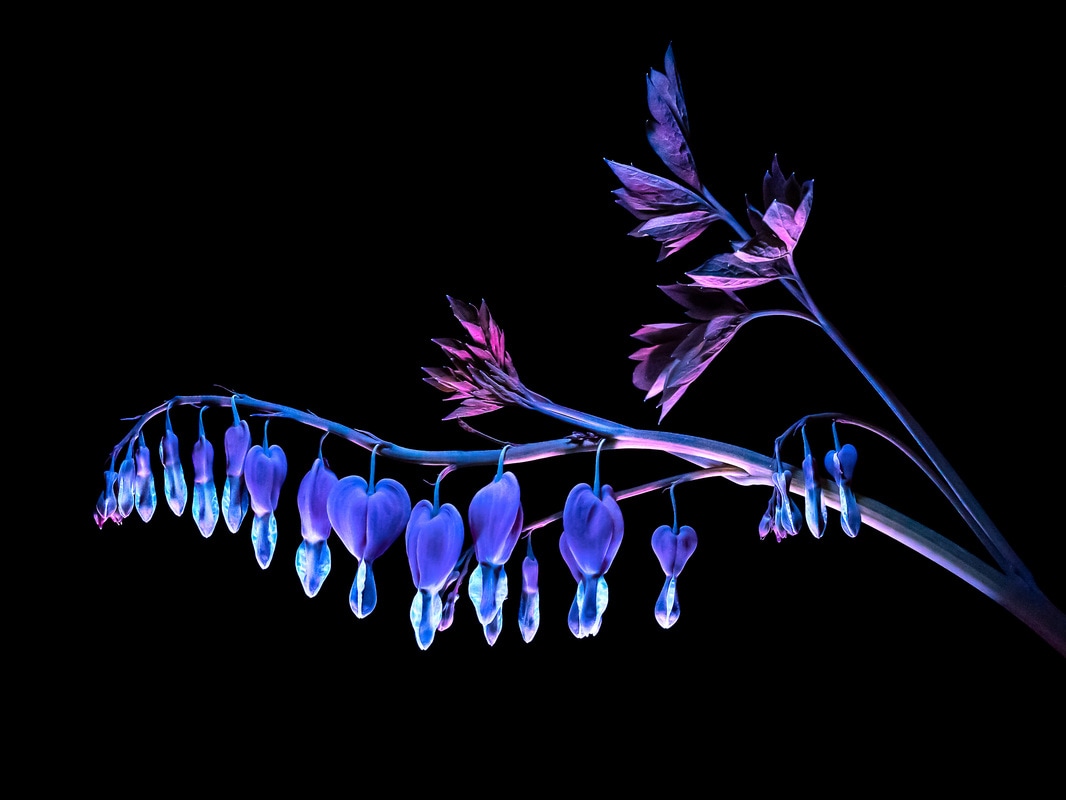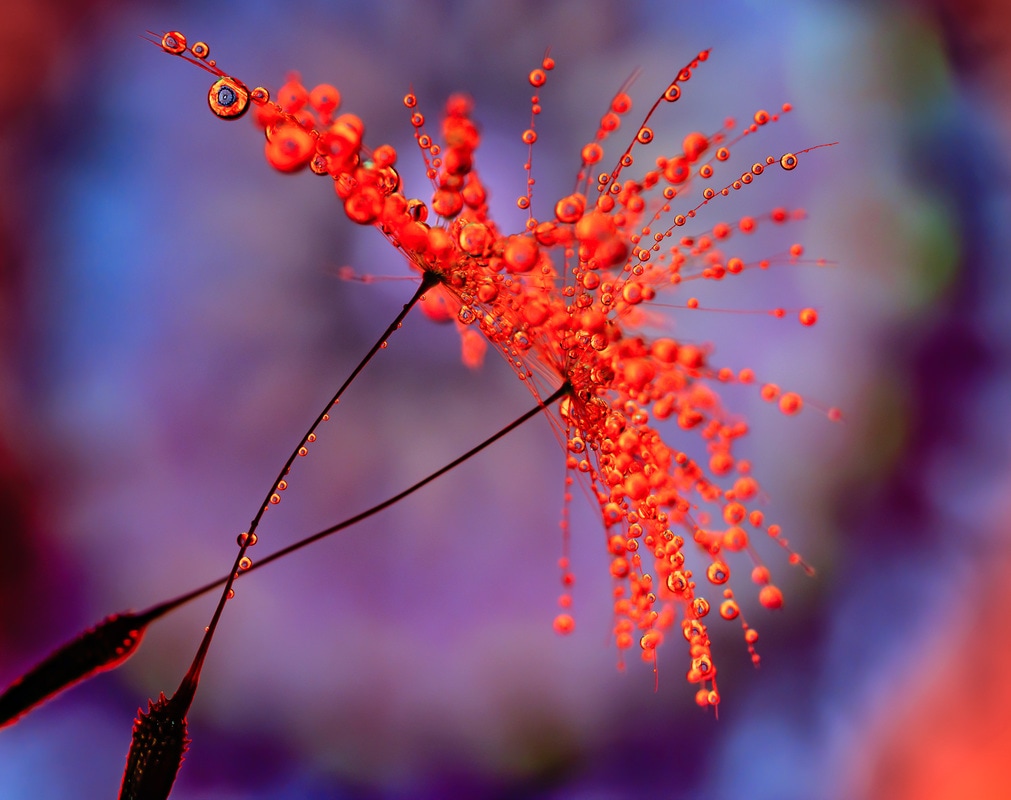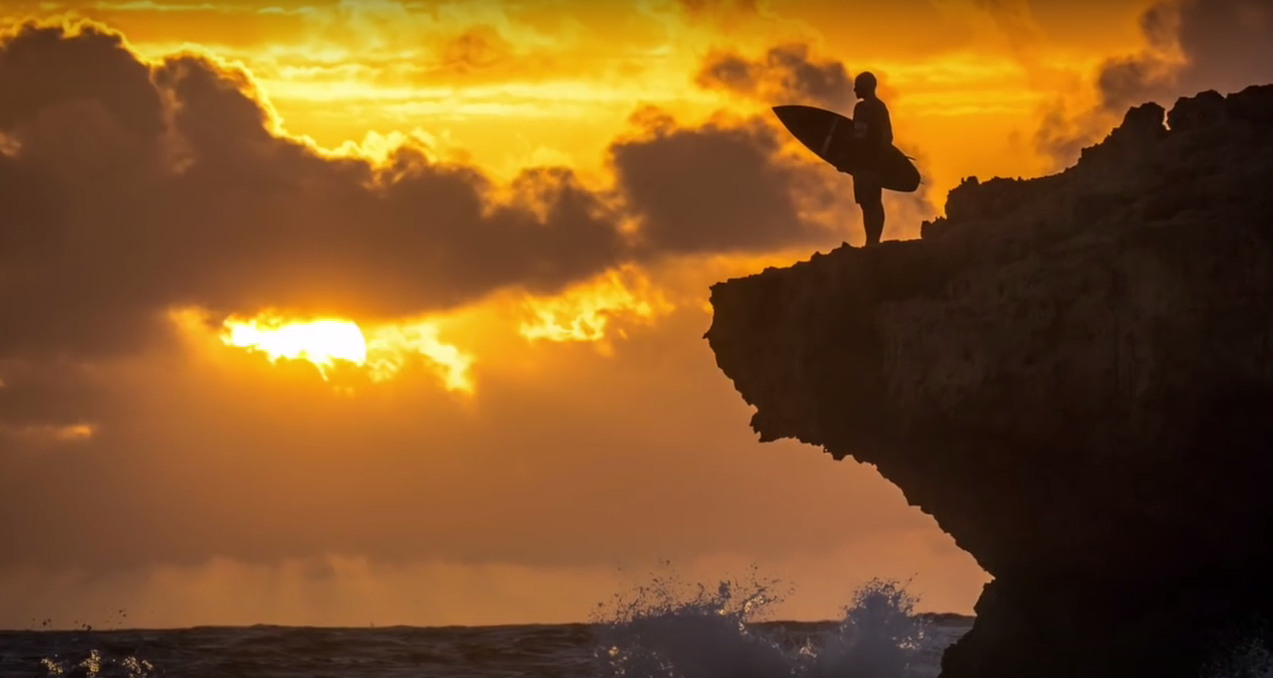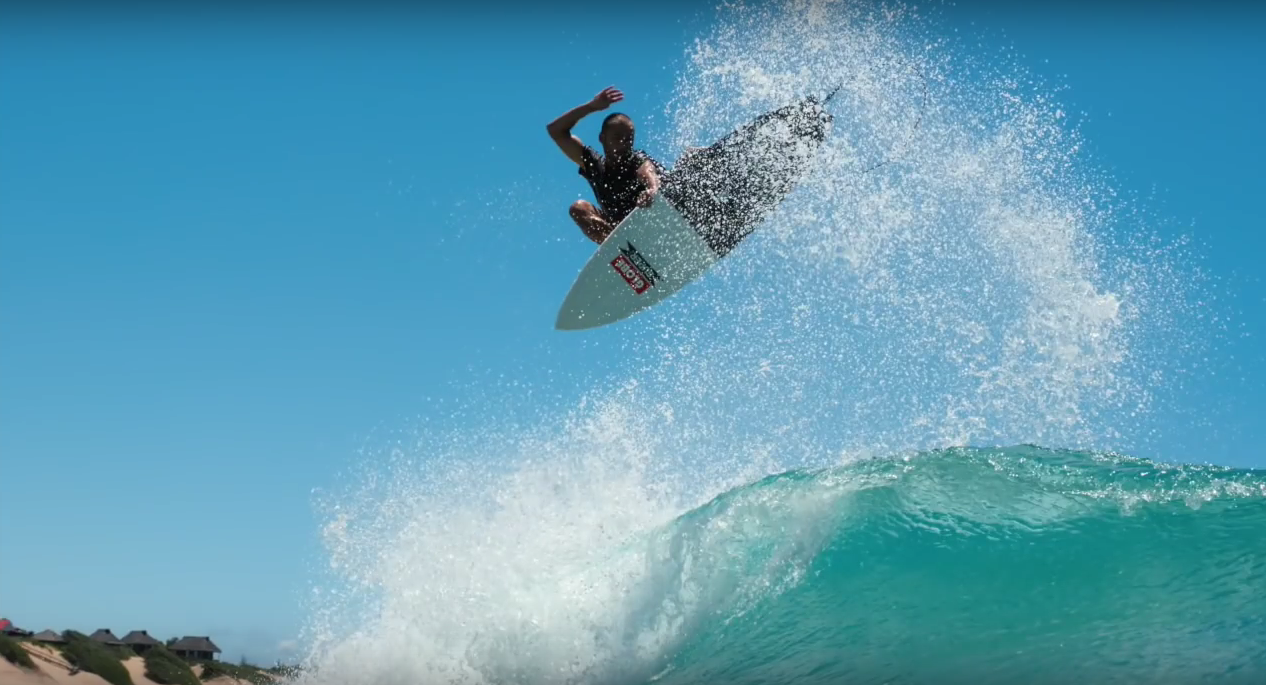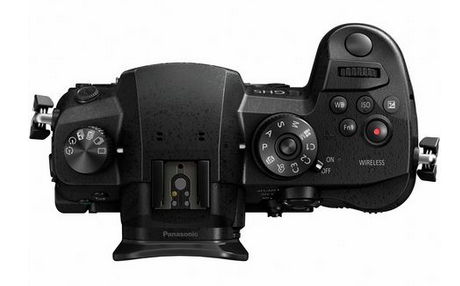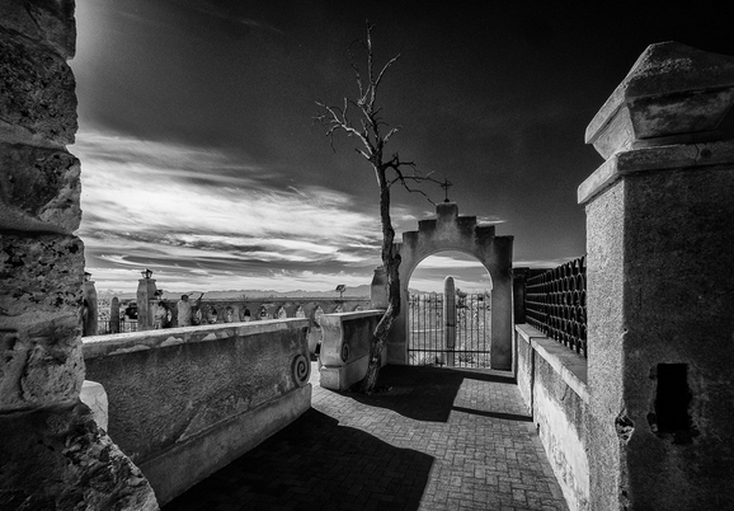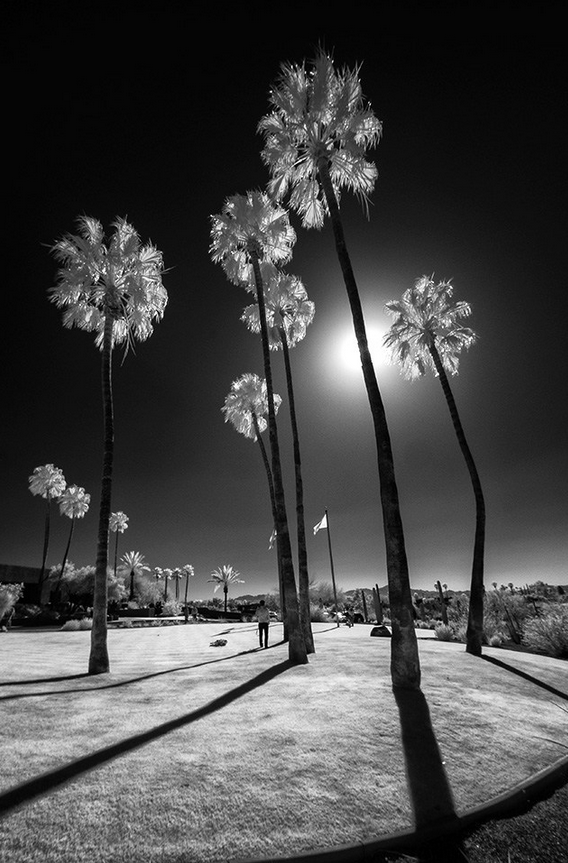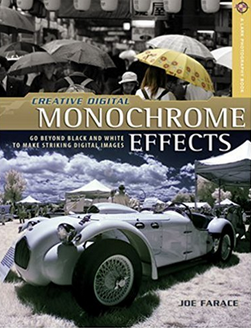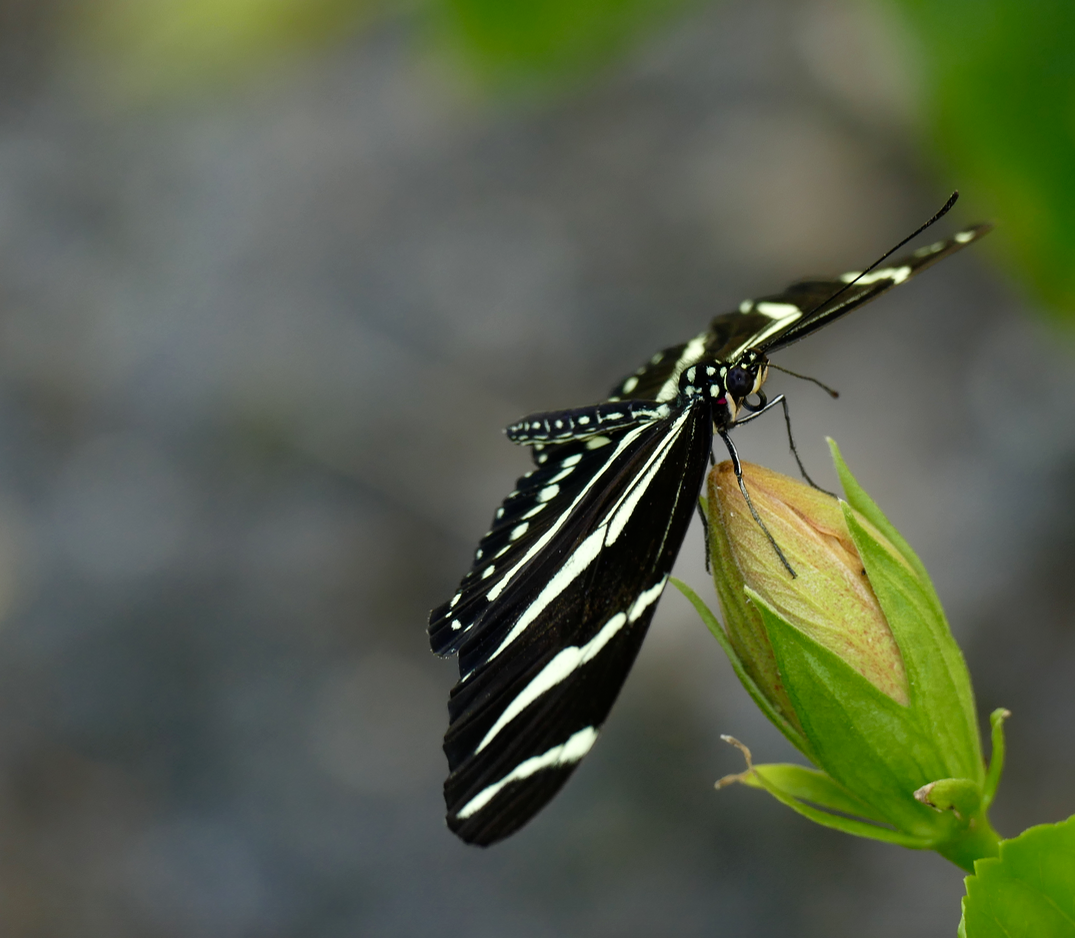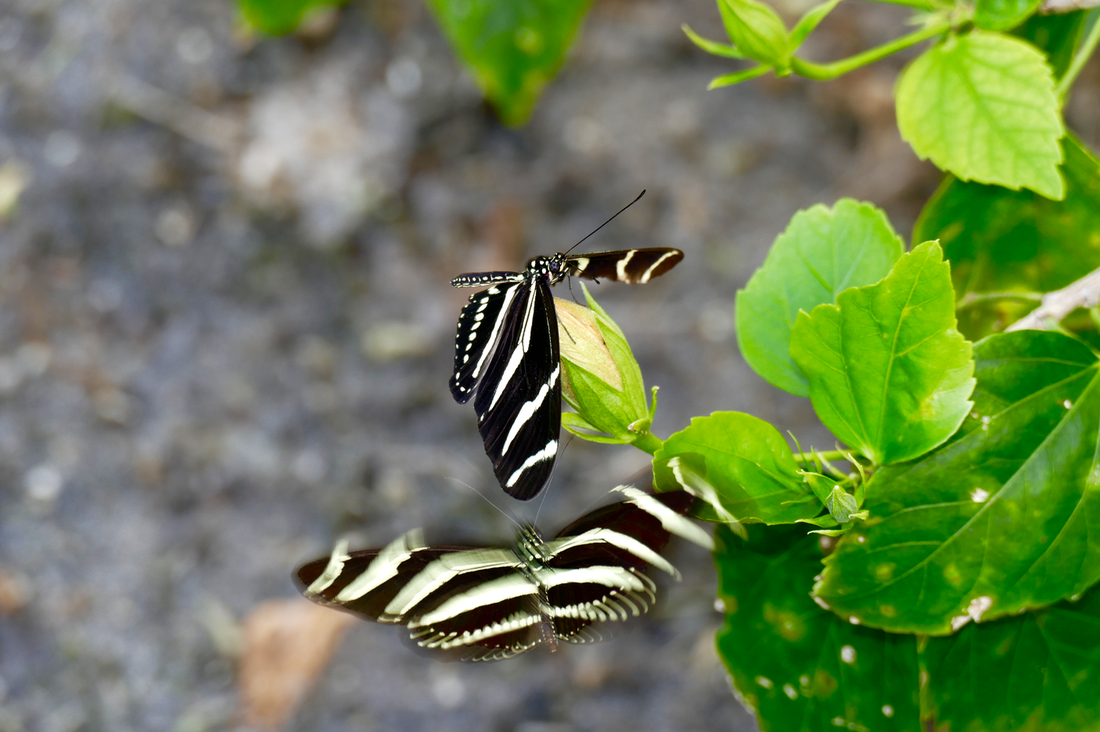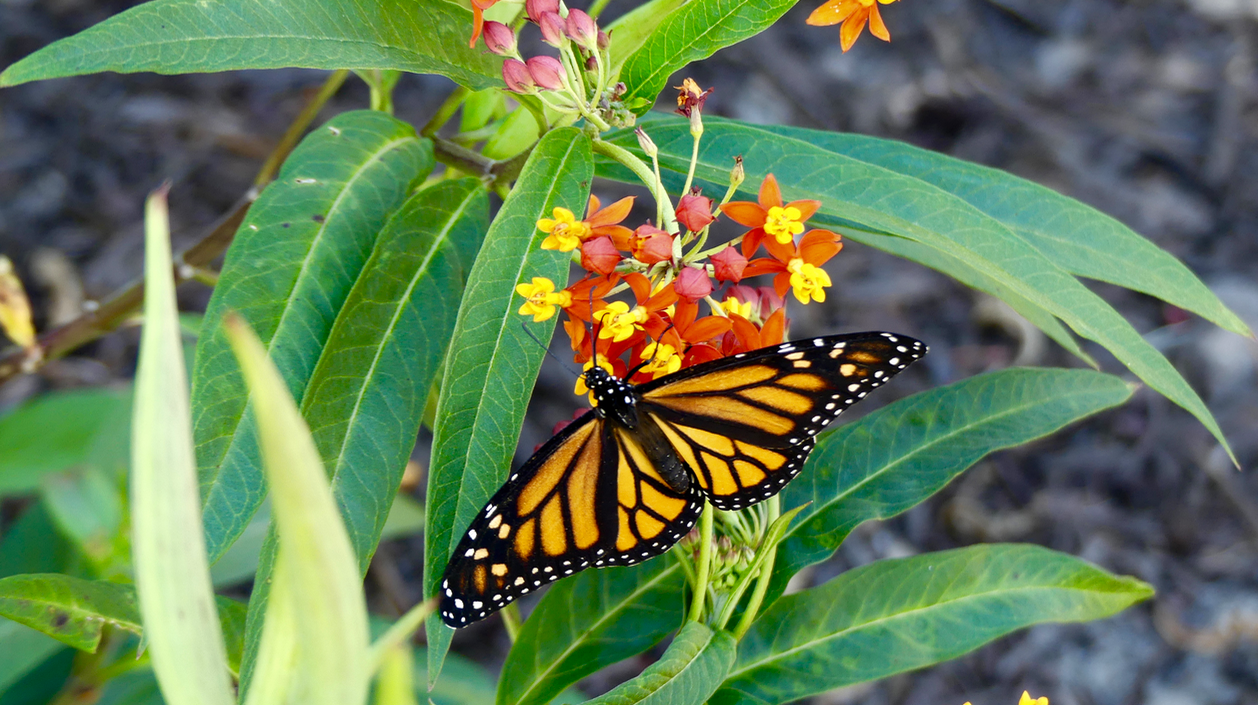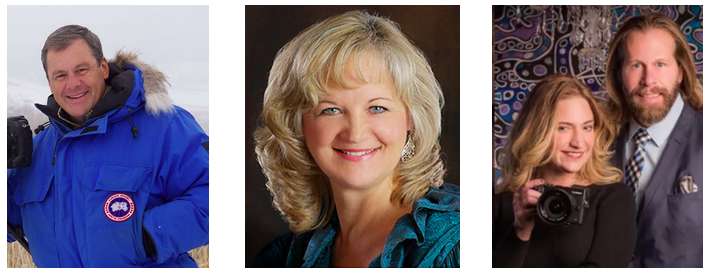|
Intro by Skip Cohen In the 190+ year history of photography, there have never been more creative tools at your fingertips than today! As imaging artists, whether your specialty is weddings/events, portraits, wildlife, or even macro - your goal is always to tell a compelling story. Bob Coates shares an incredible tool, which as he states doesn't always get the attention it deserves - time lapse photography. And, he's included a few solid tips to help you create outstanding time lapse stories and in turn create more excitement with your clients. Remember your goal with each client - exceed expectations and make working with you habit-forming! Check out Bob's website to see more time lapse images. His website, Successful-Photographer is always filled with great content to help you raise the bar on your images. And, stop by the Lumix Lounge and meet the rest of the Luminary Team. This is one of the most diverse and talented groups of artists in professional photography. Panasonic's tagline is "Changing Photography," and they never slow down on developing new technology to add to our creative skills and the quality of the images we capture!  Click to find out more about the GX8 Click to find out more about the GX8 by Bob Coates One feature that doesn’t often get attention in the Lumix cameras is the ability to impressively compress time in a very easy fashion to tell a very different story of a scene. The Lumix line of cameras has a built-in interval meter to control the time between image capture of individual frames. You set the parameters depending upon the story you are trying to tell. This will take some experimentation but here are some guides to get you started on your captures for scenery.
Your camera should be mounted on a tripod or set on a non-movable object for the capture. Advanced techniques involve moving the camera on a rail across the scene at the same time or mounting the camera in a moving vehicle for even more possibilities, but let’s keep the camera still for now. Here’s the best part! The camera allows you to process the time-lapse still images into the finished video with a multitude of options in the camera. You have choices to the quality (size), playback rate, and direction of the video. In the video above are three versions processed straight out of the Lumix GX8 camera sized to 4K. You can choose any number of settings for size along with the number of frames per second. I used 6 fps, 12 fps, and 24 fps. Because I made these in 4K I am able to add additional movement to the videos without loosing quality. For variety the middle video at 12fps video was processed in reverse order. Enjoy becoming a ‘Master of Time’ by playing with this feature. It’s a blast! Yours in creative Photography, Bob
1 Comment
 Click for more information Click for more information Every Wednesday and Saturday night on Nokomis Beach there's a drum circle. The audience is of all ages, but I can't help but feel half the people were either at Woodstock or wish they were - and without question half the drummers! I took the Lumix FZ300 with me because I love the 25-600mm zoom. Plus, it's light and the perfect camera just to hang out, and people watch. Like most of the Lumix family, I'm able to quickly switch from single frame to video. This past Saturday was exceptional because just after we watched the sun go down over the ocean, the moon came up behind us. And, through the entire evening, in between the sun and moon was a celebration of life. Everyone "marching to the tune" of their own drummer...literally. With the water temperature averaging 87 F. throughout July, people are either in the water as the sun sets or at the drum circle. 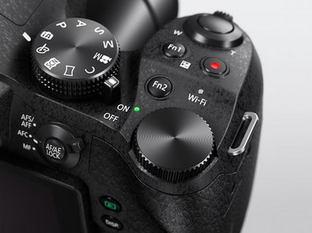 One push of the video button and I was instantly filming. A big reason why I love Panasonic's Lumix cameras is in the design. The shutter button is the farthest forward with the zoom control just in front of it at the top of this image. The red button let's me switch to video with virtually no camera movement and the ability to keep filming! Everything I need to capture the images I want is at my fingertips. As the lighting changed, along with the activity of the dancers and drummers, I found myself switching from "IA" (Intelligent Auto) to Shutter and Aperture priority. Nothing beats people watching with an FZ300 in your hands. As the sun went down I found myself wishing I'd brought a tripod along, but even without one, this little camera captures everything. It gives me a lot of control over the images I want. The sun had gone completely down when we got that little patch of pink in the sky joining a couple still in the water for a sunset swim. And then the moon decided to join the evening! The FZ300 is a $500 camera - it's certainly not at the higher end and with a smaller sensor, it's slightly limited, but it's a lot of bang for your buck! And for me it's the perfect travel camera with most of the features important to me.
Check out the complete Lumix line, especially the new GH5, with a visit to the Lumix Lounge. And, follow the schedule for the Luminary team when they're on the road. You'll meet some of the most talented artists/educators in imaging today. 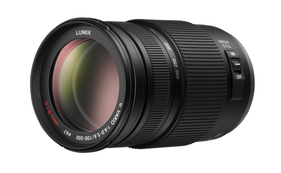 Every now and then I'll take one of the LUMIX cameras out to just play, with nothing specific in mind. Well, I just received the 100-300mm lens and living near the water in Florida, there's plenty to photograph. Two things to remember, because I'm shooting Micro Four Thirds, the lens is the equivalent to a 200-600 mm lens when shooting 35mm. Second, I'm sharing screen shots of images here on this post and they're still sharp! Driving by the boat ramp near Nokomis Beach, there were a group of kids jumping off the bridge into the water. I set the camera up for continuous shooting. Again, remember, I'm just out "playing" with a great piece of glass all handheld! I wanted to shoot a little 4K, but the kids were chased off the bridge before I had a chance. 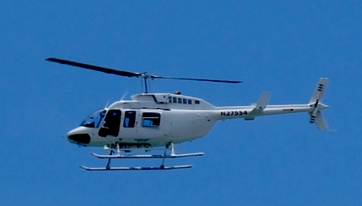 At one point a helicopter flew over head and I fully extended the lens to 300mm and grabbed a shot. It wasn't until I got home and downloaded the images from the day that I was reminded of a great story from my early Hasselblad days. John Wagner was the president of Hasselblad UK for many years and was involved with Hasselblad USA in the interim just before I joined the company as president in 1987. In the 80's he was working on a project taking statements from the Bible and matching them with contemporary images. He was shooting near a military air strip in Israel photographing some fairly large cargo planes all with propellers. This all took place approximately 30 years ago and there was no chimping! Shooting everything on film, he got back to London and sent all his film to the lab. Sadly he'd been shooting everything at too fast a shutter speed and every prop was stopped in mid-air, creating an incredible collection of impossible to use images! Well, helicopters and prop planes should always be photographed in shutter priority at less than 1/125 of a second. Yesterday I just wasn't paying attention and was around 1/1000 of a second! What can I say? It's hard to get good help! LOL However, considering how high up the helicopter was, I was delighted with the sharpness. Panasonic's tagline is "Changing Photography," and that's exactly what they're doing! My fascination with photography is from the marketing and business perspective. I don't earn a living as a working artist, but I'll match my passion against anybody's and in all honesty, I know more than I let on. The LUMIX family of cameras has completely changed my life and revitalized the love I have for imaging.
Check out more LUMIX images and the latest in technology, especially the new GH5 with a visit to the Lumix Lounge. Just click on the image below! While you're there get to the the Luminary Team. They're some of the most creative and dedicated artists and educators in imaging and they need to be on your radar. 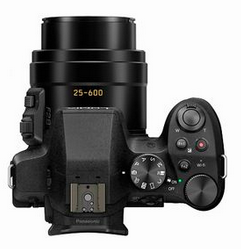 At only 1.5 lbs the FZ300 has become my favorite travel camera! Click for more info At only 1.5 lbs the FZ300 has become my favorite travel camera! Click for more info Intro by Skip Cohen Almost two years ago my good pal Mark Toal posted one of his New Year's resolutions, to always carry a camera. I found the post in the archives of "Mirrorless Photo Tips," an outstanding site loaded with great tips from Mark and two other good friends, Joe and Mary Farace. Over the last year, I've found myself living Mark's resolution and there's now a permanent location in our home for at least one LUMIX camera. The FZ300 is right by the back door. We also NEVER leave the house without a camera and thanks to mirrorless technology, I'm capturing moments that deserve more than just a brain-generated "neurochrome!" Here are two prime examples. We planted a butterfly garden in January and are now getting a half dozen different types of butterflies each day. In the process we're learning a lot about their behavior patterns. Butterflies don't have any chewing mouth parts. They eat by sipping liquids through their proboscis, which is essentially a straw. I caught a monarch recently with the proboscis curled up just before sipping and then in the process of eating. Out on a Saturday evening, we wandered over to the drum circle on Nokomis Beach. Again, it's a kick never being without a camera. There's always one in the car! And the FZ300, like most of the LUMIX family, allows me to easily go from still images to video and with a 25-600mm zoom there's very little that gets missed. Check out the cowboy version of the "boot sandal." I actually did a little research and found them on line, although the idea of a boot sandal in Florida heat, at least for me is completely underwhelming! I wanted to share Mark's original post as well. Check out Mark's images along with the rest of the Luminary team by visiting the LumixLounge. Then wander over and spend a little time with Mark, Mary and Joe at Mirrorless Photo Tips. You'll never be disappointed. by Mark Toal I feel like I’m always writing or talking about why mirrorless cameras allow you to always have a camera with you. The other day I had another great example. I’m the photographer for one of the steam trains that lives here in Portland, Oregon—the SP&S 700. The steam train pulls the Holiday train during December so I brought my granddaughter for her first train ride. I had considered just bringing my iPhone to take photos on the ride but just felt naked without my mirrorless camera. As we got off the train one of the other volunteers working that day said that had an open spot in the cab for the next train. Without hesitating I got in the cab of the steam train and off we went as I took video and stills with my GH4 and 12-35mm lens. I’ve waited two years for a chance to ride in the cab and the GH4 got it all. Intro by Skip Cohen I often refer to myself as the "low-tech poster child of the industry." While my passion is the business and marketing side, that doesn't mean I'm not in awe of the incredible tools Panasonic keeps developing. Here's a great example, post focusing, now in several of the newest Lumix cameras. Just to say imaging technology is constantly changing would be a huge understatement. Panasonic's tagline for Lumix is "Changing Photography," but check out this guest post from my good buddy and member of the Luminary team, Bob Coates. Panasonic is doing more than changing it - they're redefining it and developing the most creative tools in the history of imaging! Interested in finding out more about Bob Coates and Lumix? Visit Bob's website with a click on any image in this post. Then stop by the Lumix Lounge and meet some of the most diverse artists and educators in the industry. Even better, check out their schedules and meet them in person when they're teaching near you. by Bob Coates Obtaining extra depth of field in an image can lead to images that have a hyper reality that can be quite fun. Think about it. Your eye can only focus on one thing at a time. If you look at a detail in any scene everything except that detail is blurry. Try it now and really study what you are seeing. When you use the Post focus Mode to stitch images that have differing focus points together you can get a sharper image than the eye can see. This is especially apparent when using a macro lens and getting everything super sharp. Many of the Lumix cameras have this feature and are able to leverage the 4K video capabilities. (and now the 6K PhotoMode in the GH5) The camera will make a short video clip of the scene using every one of the focus points in the camera. From each of these frames can be extracted an 8MP still image. (18MP still from the GH5) And each of these has a different focus point. Instead of just using that part of the feature, the camera has the ability to process the files in a number of ways. In addition to the single frame of focus as mentioned above the files can also be processed using a range of images can be merged so more area will be in focus or Auto Merging all the files to get the sharpest deepest depth of field possible. The capture of the Post Focus Video in slow motion so you can see it move through the focus points. There were 49 focus points captured here. In the new Lumix GH5 there are 225 focus points. The capture of the Post Focus Video above is in slow motion so you can see it move through the focus points. There were 49 focus points captured here. In the new Lumix GH5 there are 225 focus points. For more info on the Post Focus Mode click on any of the three images above.
The new cameras including the GH5, GX85, FZ2500, and G85 all now have the ability to bracket focus with full size RAW files for even higher quality files and more creative possibilities. But, that’s information for another post!  Click on the GH5 for more information Click on the GH5 for more information Officially announced at Photokina last September, Panasonic's new GH5, as promised, started shipping this past March. It's an amazing camera, loaded with cutting edge technology and feature after feature to strengthen the quality and creativity of each image. Over the weekend, my good buddy Don Komarechka sent me the two images I'm excited to share in this post. Don reminds me of a Hollywood version of a likable mad scientist - always pushing the edge of the envelope to give us a new way to see a piece of the world around us. 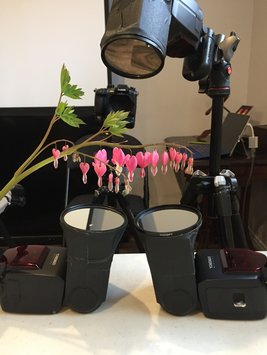 Don sent me the specs on both images. Starting up top: "Glowing Hearts": Panasonic GH5, Panasonic Leica DG Macro-Elmarit 45mm f/2.8, F/8, 1/200sec, ISO 3200, 3x UV flashes This image was created by lighting the subject with pure ultraviolet light, and then capturing the light that fluoresced into the visible spectrum. Many flowers fluoresce, but it takes an intense amount of UV light to get good results. Even with three flashes at point-blank range at 1:1 power, ISO 3200 was still required. Besides the artistic impact of both images, what I enjoy about working with Don is his ability to be open about how each image is captured. To give us a better look at how he set up the first image, he sent me a behind the scenes shot. And, the image below: "Two to Tango": Panasonic GH5, Panasonic Leica DG Macro-Elmarit 45mm f/2.8, F/8, 1/250sec, ISO 200, Canon MR-14EX II Ringlite Dandelion seeds carefully placed in front of a large poppy, the center of which can be seen in the background. Only the bottom edge of one seed is clamped in place, the other seed is held in place by the "arms" of the other. The orange petals of the poppy cannot be seen in the background, but come through the refractions in the water droplets covering the seeds.  While I love Don's approach to every photographic challenge, the fun for me personally is the way he regularly crosses the lines between photography, science, education and art. Check out his website for a true adventure in new ways to look at the world. He's also responsible for one of the most popular images we've ever shared on "Why?" Just click on the image to the left to hear about how it was captured - keep in mind there was minimal manipulation - that's almost it, right out of the can! Intro by Skip Cohen Panasonic's tagline is "Changing Photography" and that's exactly what they're doing. The new GH5 started shipping a month ago. The two videos below hit on just a few of the features of this amazing camera and give you an opportunity to find out what all the buzz is about, but even better... Visit the LUMIX dealer closest to you and check this amazing camera out for yourself! Plus, for a limited time there's a special offer from Panasonic on a long list of cameras: Purchase select Panasonic Cameras, Camcorders and lenses and Panasonic will extend your 1-year Limited Warranty to 3 years. More information and the details are just a click away. Find out more about Steven Clarey's work with a visit to his website. Just click on either of the two screen shots from his video. A professional sports photographer Steven Clarey shot these extreme moments following free surfer Dion Agius, taking full advantage of LUMIX GH5. 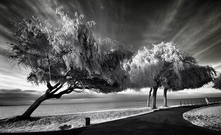 Intro by Skip Cohen I love sharing posts from good buddy, Mark Toal. Mark is part of the team at "Mirrorless Photo Tips" along with two other great friends, Joe and Mary Farace. They're sharing great content every day and need to be on your radar. Last year Mark was featured on an episode of "Why?" and sharing one of his favorite images, another beautiful infrared shot. Just click on the thumbnail of his image to the right to listen to the backstory.  Click for more info Click for more info The two images below were both captured with a LUMIX GX7. I've personally been shooting with LUMIX cameras for the last two years and over and over again, Panasonic lives up to its tagline of "Changing Photography." The GX7 has been replaced by the GX8 pictured on the left. Check out more of Mark's work together with the rest of the Luminary Team with a visit to the Lumix Lounge. This is an incredibly diverse group of artists and you'll never be disappointed with the images and information they're sharing! by Mark Toal It’s been a long, rainy winter in the Northwest this year so I haven’t been able to use my Infrared camera as much as I would have liked. Infrared photography is easiest when there are white puffy clouds against a blue sky and fairly bright light. The middle of the day is perfect for infrared photography so a recent trip to Tucson was a perfect time to pack my converted Panasonic Lumix GX7 with the Lumix G Vario Lens, 7-14mm f/4.0 ASPH lens. A lot infrared photograph’s focus on the way trees and greenery turn white as in the photo of the palm trees. If you avoid trees, grass plants you can get an image that looks a lot like standard black and white, but the sky will be much more dramatic as in the photo of the Mission in Tucson. Images copyright Mark Toal. All rights reserved. If you have a camera that you’re not using that much, why not send it to LifePixel to be converted to infrared. Trust me you won’t regret it. And for a limited time only, if you want to save $50 off for Priority Processing Upgrade when converting your camera to infrared, use the coupon code “ToalIR.” Joe’s book, The Complete Guide to Digital Infrared Photography is currently out-of-print but used copies are available from Amazon for under $6. Creative Digital Monochrome Effects has a chapter on IR photography and is available from Amazon with new copies under $6 and used copies less than five bucks. You can buy’em both for less than $12. Click on either book for more information! 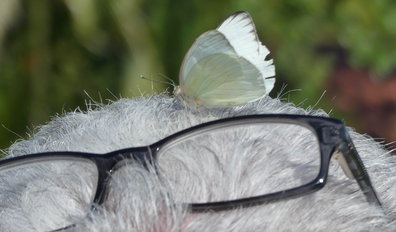 FZ300 ISO100 f3.5 @ 1/2000 FZ300 ISO100 f3.5 @ 1/2000 If a butterfly lands on your shoulder it's supposed to mean "good luck." I wonder what it means when it lands on your head? They like bright colors - guess all the gray hair at this point in my life was a good thing! LOL Here's the scenario - I shared a few of these images yesterday in a post about my wife's birthday. Two months ago, with the help of a local landscaper we created a water feature in the backyard surrounded by plants that attract butterflies. I decided to have some fun and purchased a few to release in the garden as part of her birthday celebration. I had two cameras to play with, a LUMIX FZ300 and an FZ1000. It was a bright sunny day and all of the images were captured hand-held. I know it's pretty tough to screw up a shot of a butterfly, but nonetheless, the technology of the cameras often make me look better than I deserve! The first two images below are of Zebra Longwings. They were released about ten minutes apart and checked out the area on their own. They headed off in opposite directions, but a Hibiscus brought them back for a little reunion about an hour later. The third image is a Monarch. We had four of them and they all went straight for the Milk Weed. After three hours they were still hanging out at the "buffet." The next morning two of them were still in the area. There's an old Indian legend I shared in yesterday's post, but it's worthy of being shared again... If anyone desires a wish to come true they must firstcapture a butterfly and whisper that wish to it. Since a butterfly can make no sound, the butterfly can not reveal the wish to anyone but the Great Spirit who hears and sees all. In gratitude for giving the beautiful butterfly its freedom, the Great Spirit always grants the wish. So, according to legend, by making a wish and giving the butterfly its freedom, the wish will be taken to the heavens and be granted. It was an emotional afternoon filled with nothing but smiles. We know the chances of any of them staying in the area and laying eggs is a stretch, but nothing matches the memories made or how much we enjoy the images of the "kids" during the afternoon. Not knowing anything about what their behavior was going to be, I chose to set up the FZ1000 on a tripod and just shoot video for the first few minutes. Later in the day I started playing with both cameras for still images. I had no idea how long they would stay around and shot everything in Intelligent Auto.
At some point I'll edit a little of the video and take a shot at seeing how much I've learned from Suzette Allen, the Queen of Hybrid and Photodex. I want to put together a one minute clip of images and video to give the day the presentation and recognition it deserves. It's time for you to learn a little more about four artists who should be on your radar, Daniel J. Cox , Suzette Allen and Charles and Jennifer Maring. They've all shared a lot of great content here at SCU, but these short slide shows will tell you even more about them. A few weeks ago the "Queen of Hybrid," Suzette, put together a series of slide shows featuring each member of Panasonic's LUMIX Luminary Team, of which she's also a member. I'll be sharing more of the videos in the weeks ahead, but today I chose these two presentations because they each represent completely different specialties. Or maybe not so much - Daniel photographs wildlife outdoors and Charles and Jennifer photograph "wild life," mostly indoors. (LOL - you didn't honestly think I could just let that one by did you?) Several things to pay attention to during each video:
Thanks to technology everything in the way we share images has changed over the last few years and just keeps getting better. As imaging artists, you have the largest selection of creative tools in the history of photography. This includes the tools you have for marketing, and if you're not creating slideshows to show your work and skills as a storyteller, then you're missing a golden opportunity. And, between the features of LUMIX cameras and Photodex software for creating slide shows, it couldn't be easier to share the stories you want to tell! I told Photodex years ago since I'm a poster child for user-friendly technology, they should use me for a testimonial ad - "If Skip can do it, anybody can!" Check out ProShow 8, loaded with features to help you create outstanding presentations. Learn more about the complete LUMIX line with a visit to the Lumix Lounge. While you're there, get to know the Luminaries. They're an incredibly diverse group of artists with an outstanding common denominator. They all believe in education and helping you raise the bar on your skill set. |
AuthorsWelcome to Luminary Corner. Besides being a recognized member of the professional photographic community, each post author is a member of Panasonic's LUMIX Luminary team. Archives
November 2017
|
© 2019 Skip Cohen University



